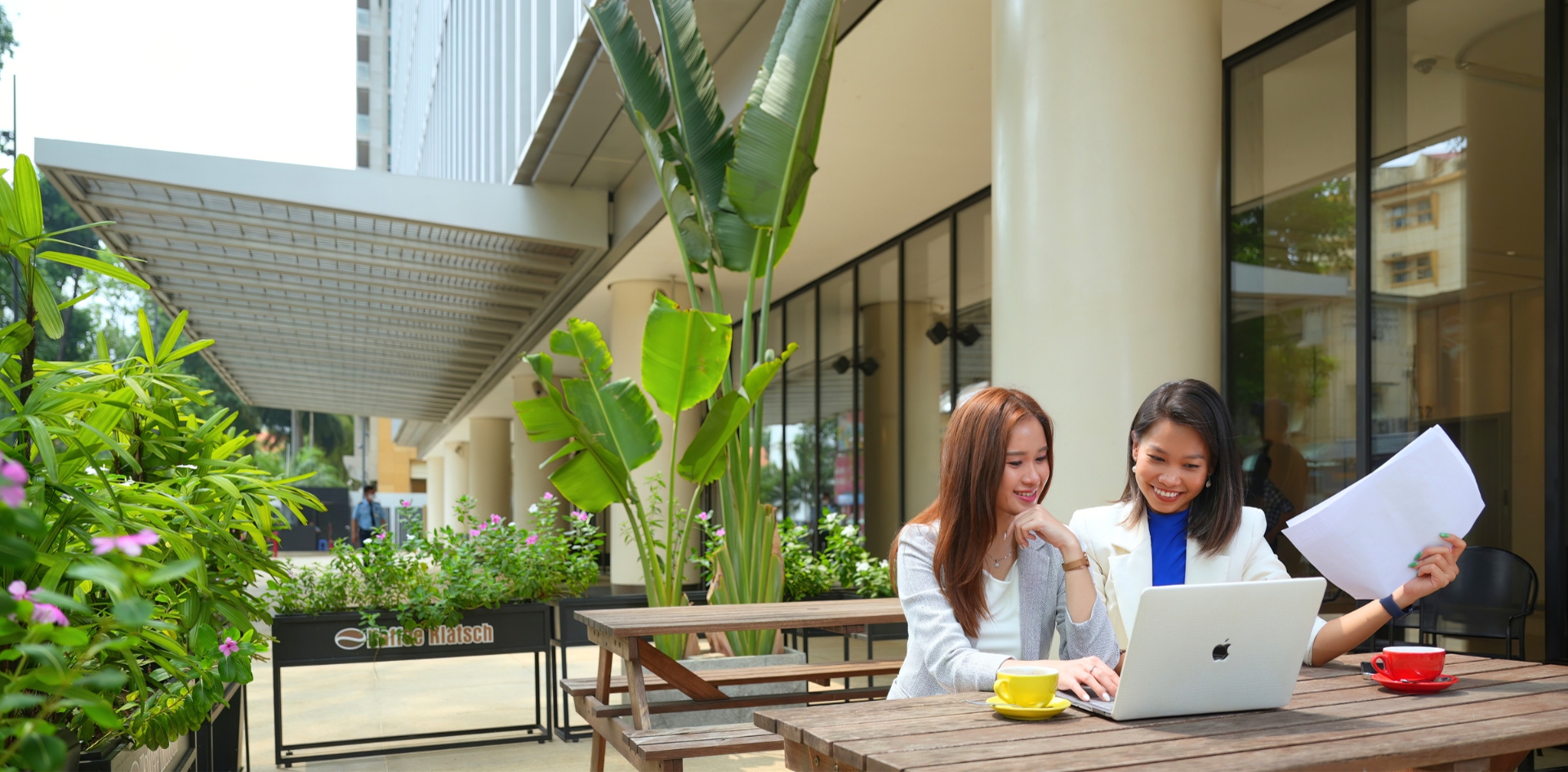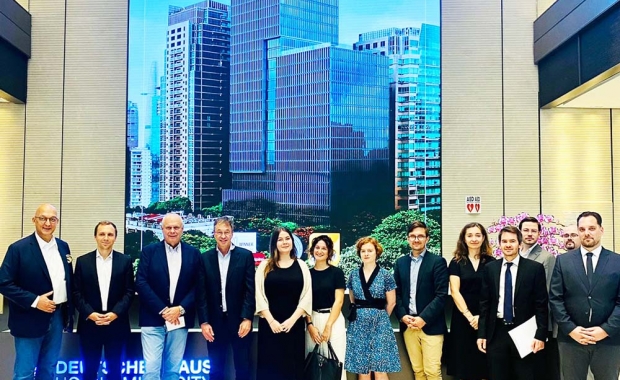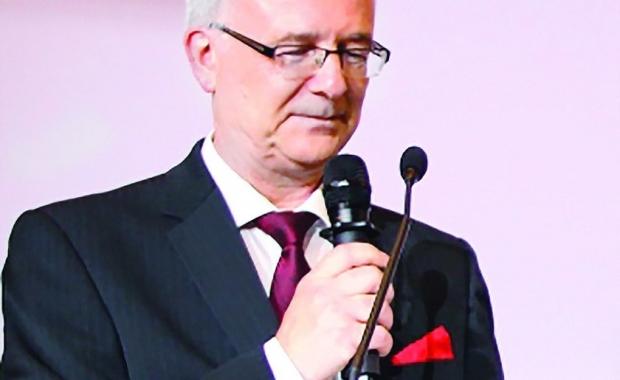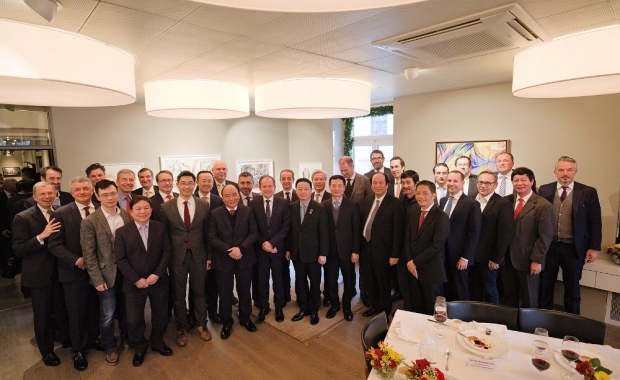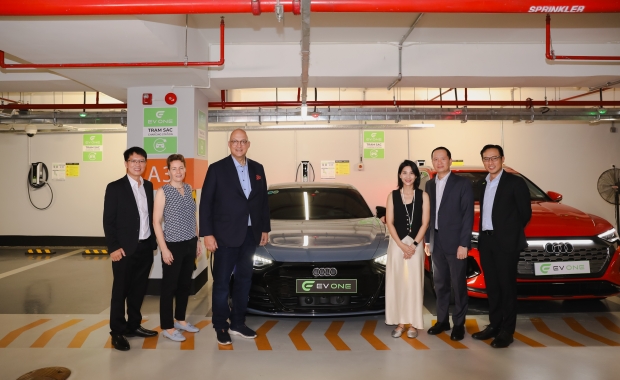AN ECONOMIC SUCCESS STORY: HOW VIETNAM BECAME SOUTHEAST ASIA’S TOP PERFORMER
20/12/2022
Vietnam’s remarkable economic progress looks set to continue in the coming years, despite a regional slowdown which has affected other states in Southeast Asia.
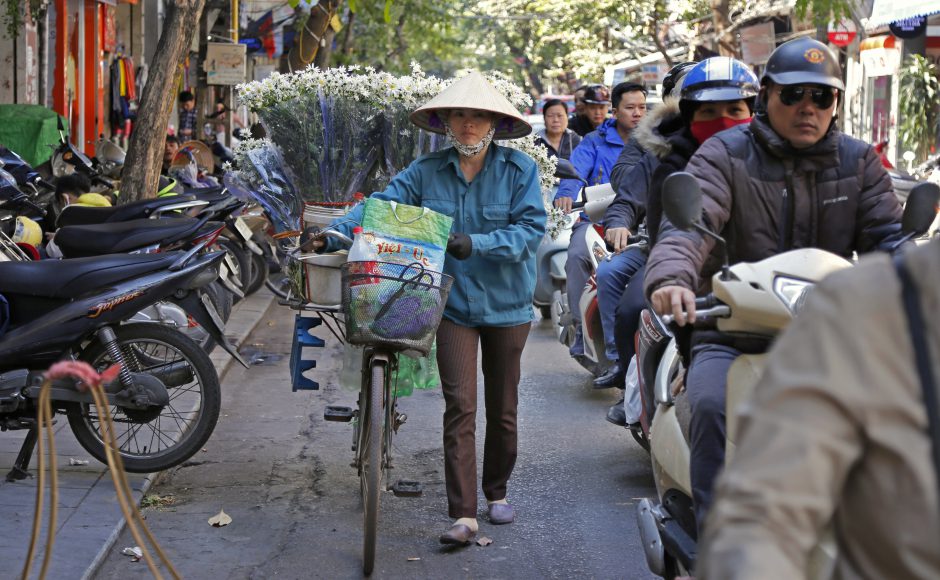
A flower vendor wheels her bicycle though traffic in Hanoi's Old Quarter, Vietnam. Vietnam's economy grew at a healthy rate in the last two years and is expected to stay ahead of its regional peers in 2017
Vietnam’s remarkable economic progress looks set to continue in the coming years, despite a regional slowdown which has affected other states in Southeast Asia.
Its increasingly diversified and resilient economy has grown at a healthy rate – of above 6 percent – in each of the last two years, and looks well-placed to maintain its position as Southeast Asia’s top performer in 2017.
Whilst Vietnam’s economy grew at 6.21 percent last year, other ASEAN countries such as Indonesia, Thailand, Malaysia and Singapore endured slower growth rates as a result of a slowdown in global trade and declining growth in China. Not only was Vietnam the top-performer in the region, but it ranked second behind India – the only country which achieved growth of over 7 percent in 2016 – in the list of fastest-growing economies worldwide.
Vietnam’s astounding economic performance is reflected in the end-of-year statistics for the country, compiled by leading economic forecaster, Bloomberg.
It was reported that disbursed Foreign Direct Investment (FDI) increased by 9 percent to a record US$15.8 billion in 2016, whilst the manufacturing sector experienced a 13.61 percent boost since the end of 2015. Total imports for the year increased by 4.6 percent whilst exports rose by 8.6 percent, contributing to a trade surplus of US$2.68 billion.
The reasons for Vietnam’s strong performance in recent years – especially in comparison to other ASEAN countries – are multiple.
Firstly, Vietnam’s trade resilience can be attributed to the diversification of its economy – in terms of both the range of goods produced, and its export destinations. Vietnam now exports to a wider range of markets than ever before, and has rapidly expanded exports in the manufacturing and electronics sectors, mitigating its once-heavy reliance on exporting agricultural products.
Secondly, Vietnam has become an increasingly attractive investment destination due to its rapidly expanding population – which now stands at more than 91 million – and its demographics, with a youthful population amounting to a large and capable workforce, consisting of both skilled and unskilled labour. Vietnam’s geography also remains an important factor, with its long coastline allowing free-flowing seaborne trade with countries in the surrounding region and beyond.
Thirdly, labour and operating costs remain relatively low in Vietnam – especially in comparison to its giant northern neighbour, China. This has resulted in a surge in manufacturing, as Vietnam has come to be seen as an attractive target and lucrative opportunity for multinational companies and foreign investors. Many firms have adopted a ‘China-plus-one’ strategy, in an attempt to mitigate risks and diversify their operations throughout East Asia – and more often than not, international companies are choosing to make Vietnam the ‘one’.
Whilst Vietnam’s growth has accelerated in recent years, it is far from a new phenomenon: Vietnam’s economy has been growing at a fast rate for decades, since the opening-up of the country following the ‘Doi Moi’ reforms of the mid-1980s. The market-led reforms were designed to lift the country out of poverty after its landscape had been decimated, infrastructure shattered and economy ravaged by the long and brutal American war, which ended in April 1975.
SEE ALSO: Happy Planet Index: Which are the happiest, most sustainable nations in Asia-Pacific?
In the immediate post-war years, the country struggled to get back on its feet, suffering from high inflation and low production levels after much of the working-age population had been killed. Vietnam’s recovery was also hampered by its diplomatic isolation – largely imposed by the U.S. – which pressured multilateral bodies such as the International Monetary Fund and World Bank to deny Vietnam the aid needed to rebuild its damaged society. A 20-year U.S. trade embargo also held back Vietnam’s potential to trade internationally.
The tide finally began to turn in 1986, when the Vietnamese Communist Party (VCP) adopted the idea of a market economy whilst holding on to its long-standing socialist principles. Foreign investment was encouraged and private businesses were welcomed, ushering in a new period of entrepreneurship and economic liberalisation.
Vietnam quickly became the world’s second-largest rice exporter, and by 1995 its recovery was in full-flow: diplomatic relations with the U.S. were restored, and multilateral donors began to provide significant amounts of development aid. Poverty levels have since reduced dramatically whilst service provision has spread across the country, granting an increasing proportion of Vietnamese citizens access to education and healthcare.
In more recent times Vietnam has joined the World Trade Organization (WTO), and has developed an increasingly modern electricity network – which now covers 90 percent of the country. The tourism industry has also taken-off and is continuing to expand, providing new opportunities and sources of income for millions of Vietnamese.
These developments signal Vietnam’s successful transition from a low- to middle-income country, and provide evidence of its new status as a fully-fledged member of the integrated global economy – which Vietnam has taken full advantage of in recent years.
At present, Vietnam’s economic miracle shows no sign of slowing down: over the last 40 years, it has undergone a remarkable transformation from a war-ravaged and poverty-stricken developing state, to become the most diversified and resilient economy in Southeast Asia.
In the current context, political developments have also enhanced Vietnam’s economic prospects, after the Communist Party recently decided on its leaders for the next five years – confirming Nguyen Phu Trong as General Secretary for a second term.
This renewed political stability makes the country a particularly attractive destination for future foreign investment, leaving Vietnam in prime position to retain its place as Southeast Asia’s top performer in 2017, and beyond.

